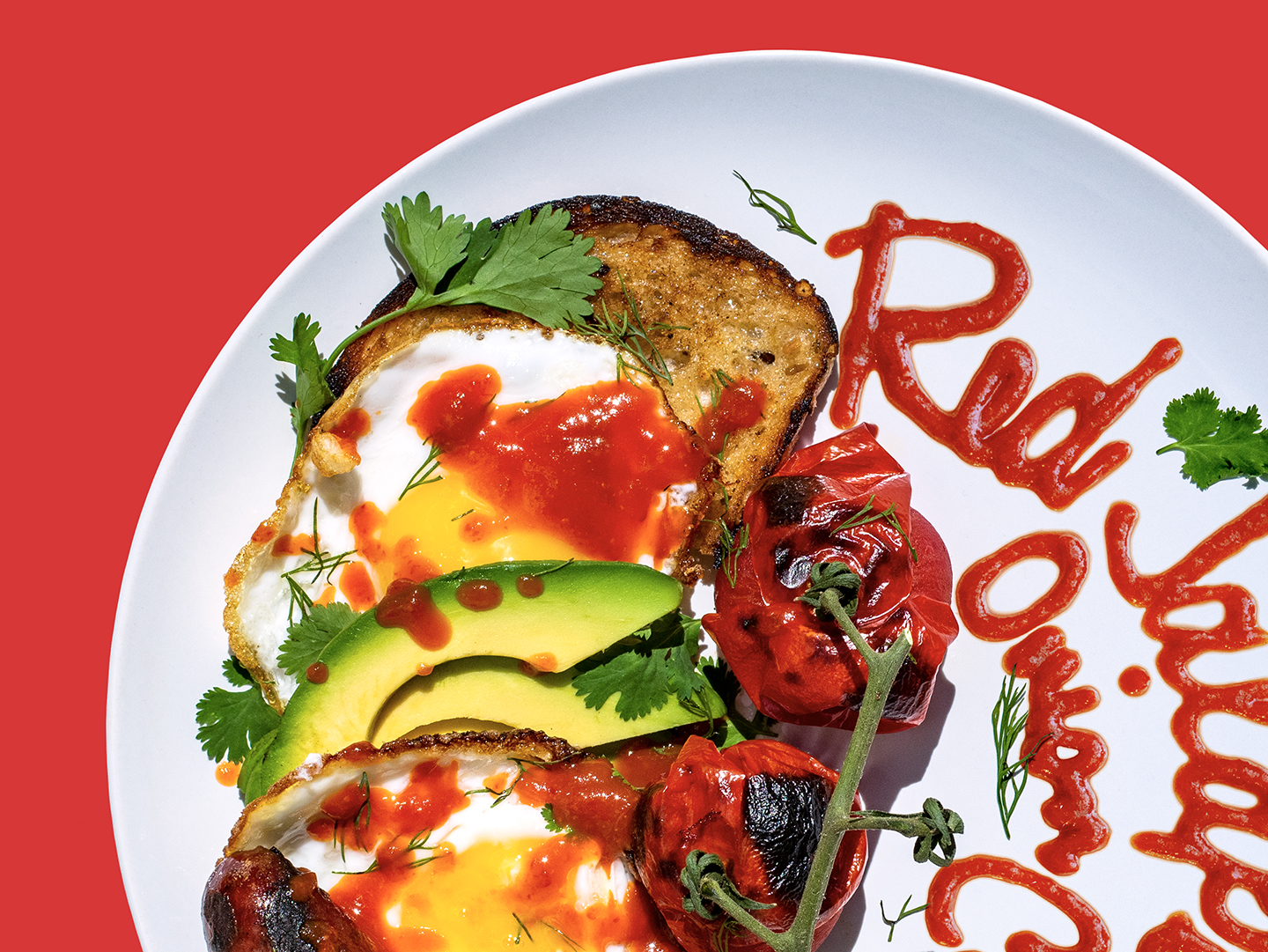
This year, Yellowbird has made a concentrated effort to solidify its brand presence online. This doesn’t just include its online store and social media accounts; it also includes Amazon. As a frequent Amazon Prime shopper, I’d never considered the trials and tribulations a brand faces to list their products on the platform. So many different criteria must be met, and brands go out of their way to stand out amongst their compitition on the site. One way they accomplish this, is showcasing USPs (Unique Selling Propositions). What makes Yellowbird better than your everyday hot sauce? One reason is they stuff their sauces with delicious fruits and veggies you can feel good about. Another excellent reason is that their bottles allow you to control your squeeze — ensuring you don’t accidently dump a horrifying amount of spice on your food. Don’t believe me? Even Sean Evans of Hot Ones appreciates the ‘squeeze bottle technology‘.
I developed two photo series to show the incredible control the Yellowbird bottle gives you. I created nine dishes with a wide range of complexity — from take-out pizza to kimchi nachos, and everything in between. Every dish is accompanied by hand-sauced calligraphy of the key flavors and ingredients in each sauce used. It’s meant to be a double whammy: yummy looking recipes, and impressive sauce skills.
Yellowbird Original Condiments
Yellowbird’s Original Condiments taste great on everything. From a brand standard, the culinary images created using the original line tend to taste better than they are healthy. The idea is that you’d use them in your everyday life…and the only person I know that eats a kale salad daily for lunch is Yellowbird’s CEO. The rest of us love pizza. When designing this series, I wanted to create dishes that felt Texan: real food, for real people. Brisket tacos, hot slices of ‘za, and a good American breakfast are some of the key pieces that convey this message.
Yellowbird Organic Condiments
Yellowbird’s Organic Condiments have some differences when compared to the original line. The sauces are sweetened with dates and raisins because added sugar is tasty, but it’s not for everyone. It is PaleoVegan, Gluten-Free, and Whole30 certified. This sauce means business, and its visual identity knows it. Unlike the original line, Yellowbird’s Organic Condiments are much more health-centric. The culinary images created for this line tend to be beautiful and good for you. The recipes are often Whole30-friendly and have a lower calorie count. If you see meat, it’s probably plant-based. Developing this photo series was a little more difficult for me, because personally, I’m not the intended audience. It took a lot of research to create dishes that fit the creative guidelines the organic line sets. All of the final dishes are vegetarian, but not completely vegan. Here at Yellowbird, we enjoy a good omelet, and I couldn’t let that go underrepresented.
In the end, the hardest part of this photo series was developing it in the middle of a pandemic. I didn’t have access to our in-house studio, and I had to shoot the whole thing from the comfort of my home. Going to the grocery store to source ingredients was difficult with the social distancing guidelines put in place, and I was basically trashing my kitchen daily in an attempt to plow through these recipes. Food photography gives you a small window to shoot the dish while it still looks good. If you miss that window, it starts to sweat and bleed. No one wants a particularly wet slice of toast. Once I plated the dish, I took off running into the yard to shoot in the sunlight. Most days, it was fine; other days my kale salad was rained on. I will say it was the only dish weather rebelled on. Feels like it was a sign.


